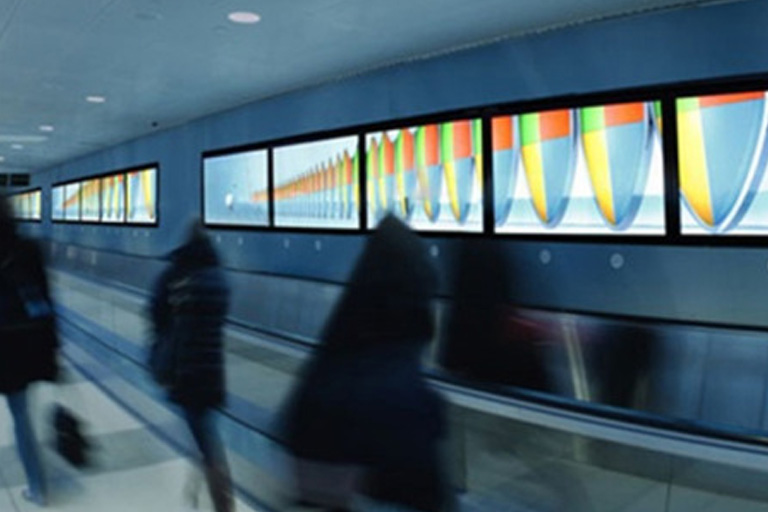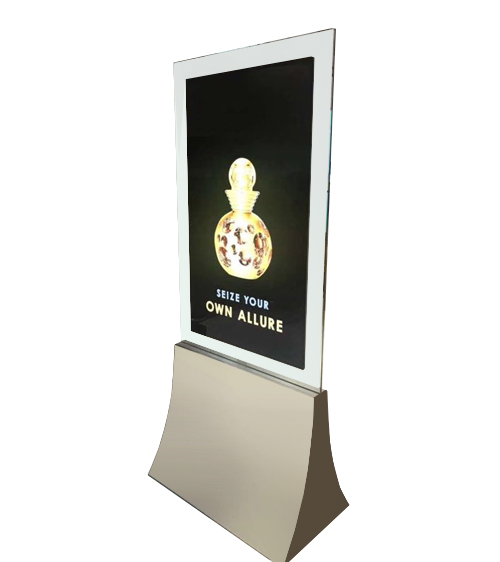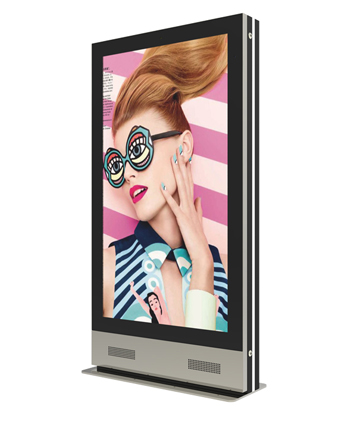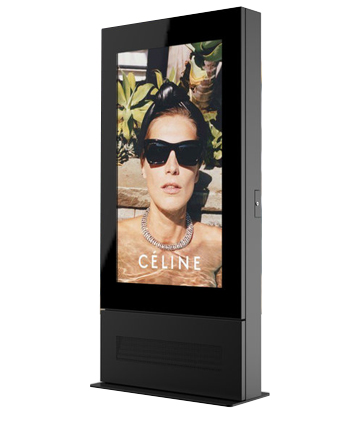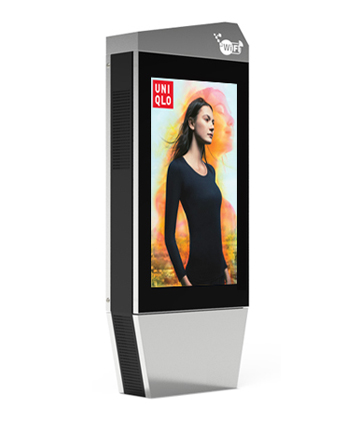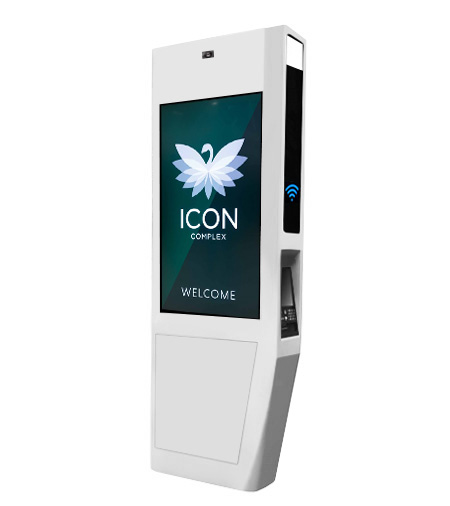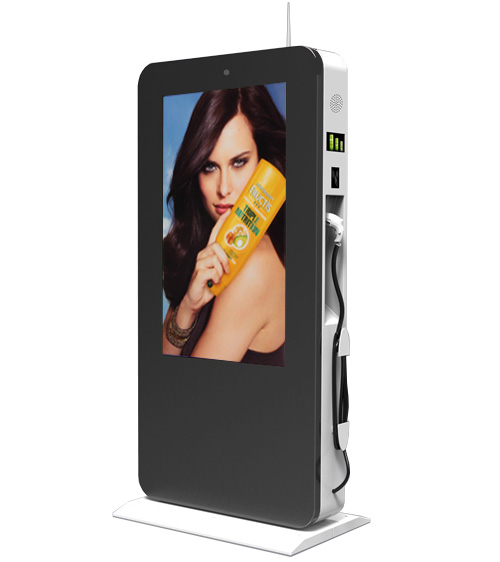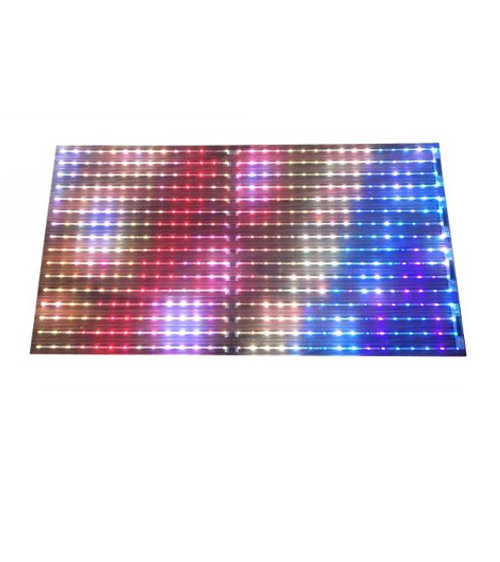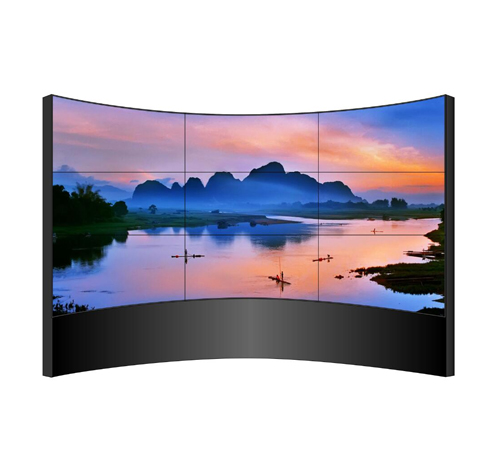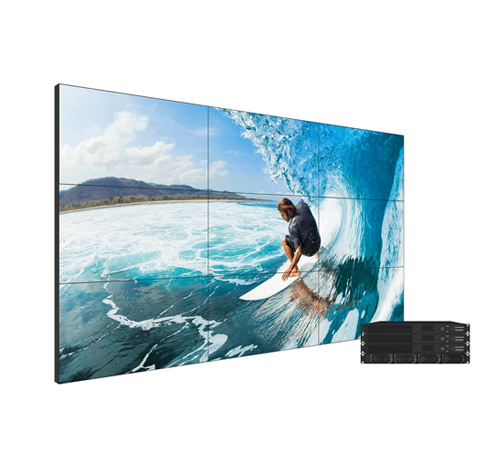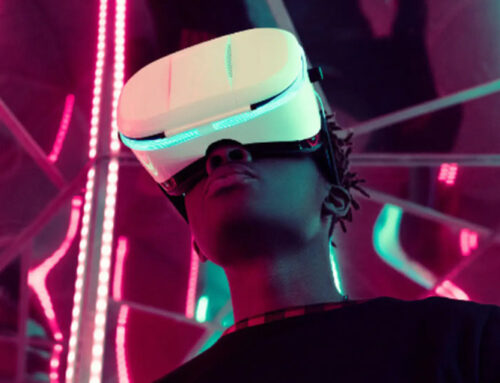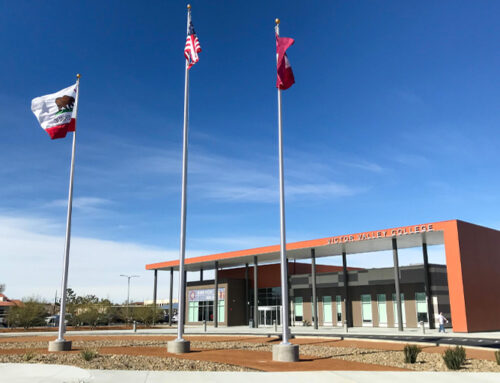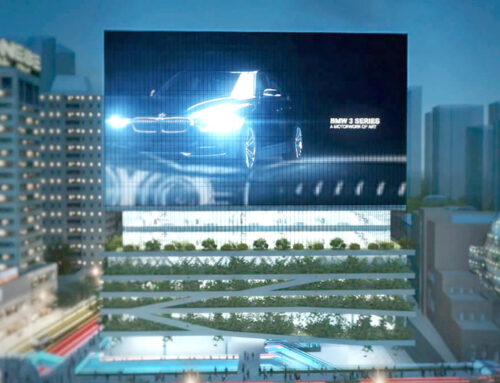Start With Your Business Case
When a company begins a digital signage project, the effort should begin with a business case. The purpose of the business case is to define the objectives, the target audience and the stakeholders of the digital signage system.
It may sound obvious, but you need to carefully consider and articulate exactly why you want to build a signage network. What are you trying to achieve? How will a signage network enhance your current business/organization/venue/community? Why is digital signage the right answer for your specific needs? Once you have a clear sense of why digital signage makes sense, you’ll need to consider who you’re planning to build the network for, in other words, the stakeholders.
Define Your Stakeholders
Who is the digital signage system intended to support? Stakeholders might not necessarily be within your organization. Think in terms of your ecosystem: the people, departments and business areas of your organization. Who are the people from outside your direct organization that will be exposed to and get value from the digital signage?
A good many digital signage deployments have a lot to do with marketing and advertisement, and in those cases, identifying the stakeholders and building the business case is fairly easy. It is just another part of the sales and marketing department’s goals and objectives.
Digital Signage Content
Based on a clear understanding of the stakeholders and the value you want to deliver to each, you’ll need to consider the role that content will play in delivering this value. Ideally, your content strategy effectively serves all stakeholders. A clear sense of the content’s role in delivering value for stakeholders is a critical part of defining your overall project objectives and intended results. Interactive software will take time to develop and will require testing various iterations to work out any bugs and find the most engaging user experience. A critical part of the content consideration is to think about how often and by whom your content will be updated. We recommend cloud based software that can be managed via computer and deployed to different machines in any location over wireless networks.
The technology infrastructure must be suitable for presenting “content” that ultimately achieves your business goals. In retail, the goal is usually to “sell more products” In other areas, it might be improved customer experience, a reduction in perceived waiting time or a brand perception makeover. Whatever the goal your team feels is important to measure, make sure you measure it beforehand or establish some control stores so that you can compare the results statistically.
Digital Signage Strategy
Discuss your content strategy. Figure out your screen locations. Take several factors into account. Where will the signs be mounted? What will the average dwell time be in front of the signs? How will the signs integrate with existing fixtures/architecture/merchandising? Will the digital signs replace existing conventional signs? The answers to those questions will determine reasonable expectations for the digital signs.
Digital Signage Location
One example: If the dwell time is extended (think about customers standing in line at a bank), the objective of the signs could be to educate customers with long-form messaging. If the audience is quickly passing by the signs, the objective could be to reinforce preexisting messages by using easy-to-understand visuals, concise copy and/or a user-friendly digital experience. It’s important to try different things to see what works and what doesn’t. Your objectives for the project should go beyond what you need today and consider how you would like your network to evolve over time.
Be Prepared for the Unexpected
Some locations such as shopping centers and outdoor digital signage projects may have union laws associated with a construction project. This can result in a much more expensive project than what was originally anticipated. Make sure you do all of your research with the local implications of unions and other electrical and construction mandates. Be prepared for the unexpected by adding a cushion to your digital signage budgets.
Assign a Project “Champion”
The final “key” is to have a digital signage project manager who will have ownership of the project and ensure that all stakeholders constrain themselves to the defined goals and objectives, thereby producing the desired results. Those who manage the process would be well-served to create a “project map” that articulates the details required at each step so that all “internal clients” not only know what is expected of them, but what to expect at each critical juncture. Having a codified plan helps in all aspects of managing a digital signage network, a never-ending effort to stay on top of and successfully manage all of the details.
Interactive Design Cafe provides end-to-end digital signage solutions with the latest touchscreen displays and multi-screen video walls, to glasses-free 3D signage and holographic advertising players. We also offer both out-of-the-box software solutions, as well as fully customized software, while specializing in branding, customer experience and service design. We are a design consultancy, not just a “sales” operation, so we often fly out to our clients location to install hardware / software, and we strive to develop long lasting relationships with our clients. Our goal is to provide the most innovative and engaging experience for your brand with top notch service and support.

